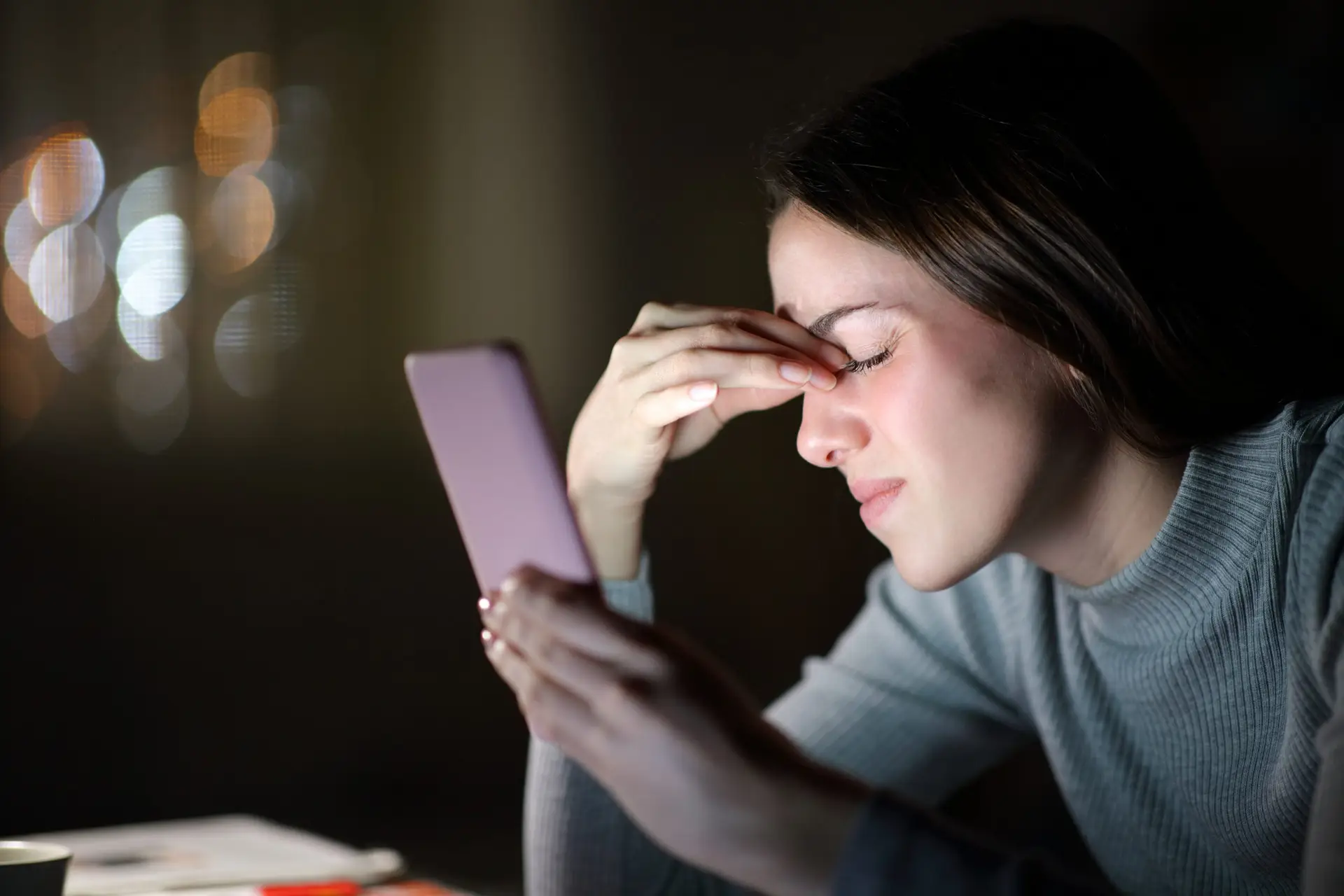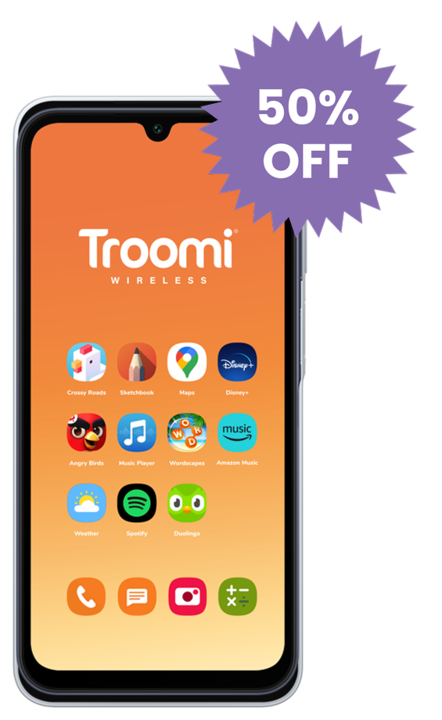When smartphones grew in popularity during my teenage years, word on the street was that these handheld devices had something to do with rising cancer rates.
Yep! You read that right. Cell phones and the big “C” were supposedly directly related.
I didn’t pay much attention to the hubbub myself, mostly because my parents kept me in the Dark Ages and refused to buy me a smartphone. (Something I’m now grateful for!) But then I heard a local news report about a young woman who developed breast cancer—and she believed that carrying her smartphone in her bra was the culprit.
Could that be the case? Or was it nothing more than a conspiracy theory? Is cell phone radiation dangerous? Now that I’m a regular smartphone user, I did a little digging to see if these claims ever held—and still hold—any water.
What Is Cell Phone Radiation?
It is true that while in use, cell phones emit radiofrequency radiation (RF) waves between cell towers in order to support our communication. However, on the entire electromagnetic spectrum, these RF waves fall somewhere between FM radio waves and microwaves.
All parts of the electromagnetic spectrum are also classified as electromagnetic radiation. This radiation can be separated into two types: ionizing and non-ionizing.
Ionizing radiation is identified by its short wavelengths, high frequency, and high energy. This stronger form of radiation includes waves like x-rays, gamma rays, cosmic rays, and ultraviolet (UV) rays. Because these waves are so intense, they have the ability to break down chemical bonds in DNA—which means they can cause cancer. That’s why you wear protective barriers when you need an x-ray and wear sunscreen when the sun’s out!
Non-ionizing radiation, on the other hand, is not nearly as harmful. Non-ionizing radiation is marked by long wavelengths, low frequency, and low energy—so low that it doesn’t have enough power to damage DNA.
So, what is cell phone radiation? It’s non-ionizing radiofrequency radiation. At high levels, this form of radiation can heat body tissue that comes in contact with your cell phone. But if you’ve ever finished a phone call with a warm cheek or ear, never fear—it’s not enough of an increase to affect your core body temperature.
Is Cell Phone Radiation Dangerous?
There are two primary reasons for people mixing up cell phones with carcinogens:
- Though minimal, cell phones do emit radiation and the use of cell phones is widespread.
- Despite the unlikely chance of developing cancer due to cell phone use, that chance could increase as the regular use of cell phones rises.
The National Cancer Institute has said the following on the matter: “There is currently no consistent evidence that non-ionizing radiation increases cancer risk in humans. The only consistently recognized biological effect of radiofrequency radiation in humans is heating.”
But it’s not just the National Cancer Institute who’s reached this conclusion. Multiple other organizations have reached the same conclusion, including the American Cancer Society, the Food and Drug Association, the Centers of Disease Control and Prevention, and many more.
Countless studies on both lab rats and humans have been performed to provide a clearer connection between cell phones, cancer, and other tumors. In all cases, there hasn’t been a conclusive link.
How to Stop Cell Phone Radiation
While you won’t find clear evidence that claims cell phone radiation to be inherently harmful, it’s never a bad idea to cut back on screen time and cell phone reliance. (And even though it’s minimal, it doesn’t hurt to reduce your radiation exposure either.)
Here’s how you can curb the effects of cell phone radiation:
- Use hands-free devices whenever you can.
Take advantage of wireless headphones, ear pieces, or your phone’s speaker mode when you plan on having long phone conversations. The farther away your phone is from your head, the less likely any RF waves will reach you. While some hands-free devices also emit RF waves, they’ll do so at an even lower rate than your cell phone’s already low rate.
- Opt for text instead of talk.
It may not always be an option—and it may not always be most convenient—but sending text messages is typically quicker than talking. Less time using your phone, less exposure!
- Keep your conversations short.
When you do decide to talk instead of text, keeping your conversations short can limit your exposure to RF waves. If you’re planning on an extended chat, swap your cell for a landline instead!
- Select a phone with a low SAR value.
Different cell phones emit different levels of RF waves. To find out what your cell phone emits, you can refer to the SAR—specific absorption rate—value on your cell phone manufacturer’s website. This value indicates the rate at which energy is absorbed by the human body, but it’s not always a reliable measure. For more information on SAR value, click here.
- Restrict your cell phone use.
Of course, the less time you spend on your phone, the less you’ll have to worry about the effects of cell phone radiation at all. Adopting your own limits as well as adding limits to your children’s phones comes with far more pros than cons! If your child’s phone doesn’t have an impenetrable time limit feature, check out what Troomi has to offer. With Troomi, not only will your kids learn how to limit their screen time, but they’ll also learn how to be responsible tech users for life!
Protect Your Health
With the information we have access to now, cell phone radiation isn’t something you need to keep on your radar.
But in any case, being mindful of your time spent on screens will only benefit you—not only as far as cancer prevention and physical health go, but mental health, too. Because, while we may not have conclusive evidence to connect the dots between cell phones and cancer, we do know how cell phone use can negatively impact our mental health and well-being.


